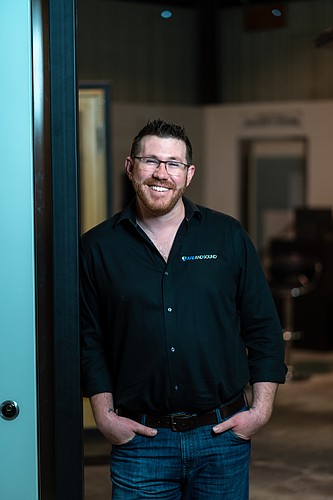- December 13, 2025
-
-
Loading

Loading

Panic room technology has come a long way since Panic Room, the 2002 thriller starring Jodie Foster as a single mother trying to survive a home invasion. Naples-based Safe and Sound, founded in 2008 by Mark Gabel, has also rapidly evolved, growing from a simple locksmith company to a manufacturer and importer of high-end, high-tech safes, gun cabinets and, yes, panic rooms.